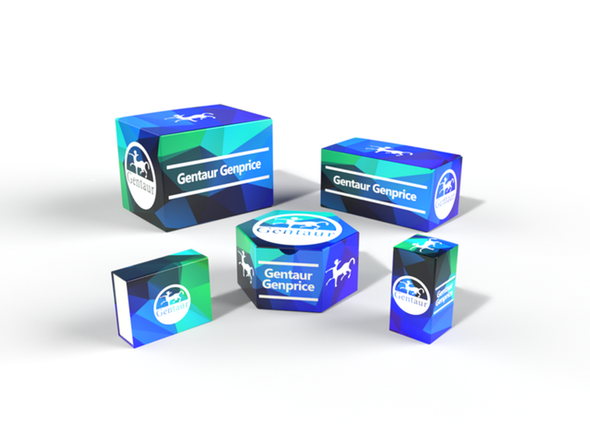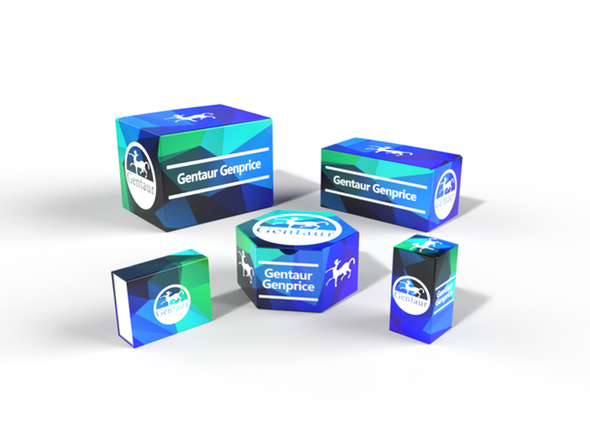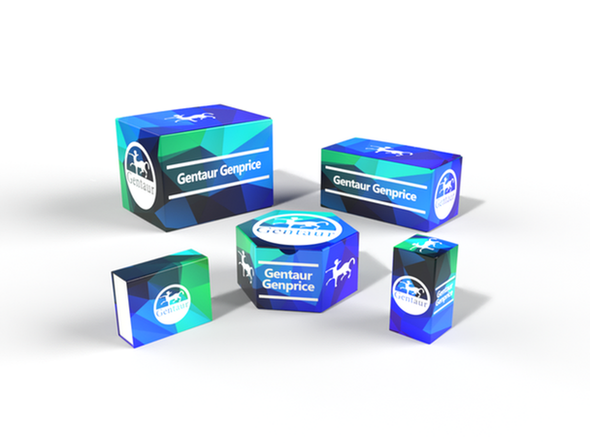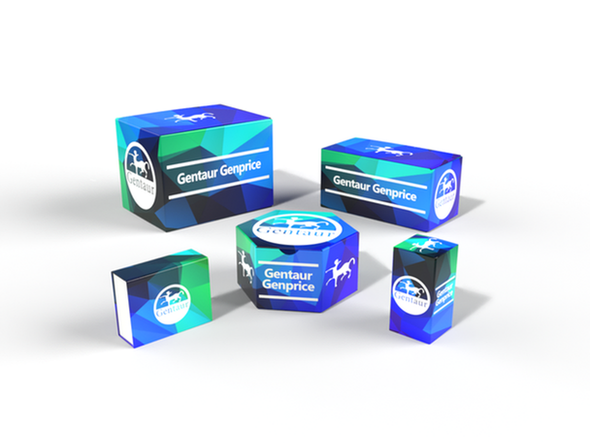749
Anti-TAP Tag Monoclonal Antibody (4H2) | ABT2200
- SKU:
- 749-ABT2200
- Availability:
- Usually ships in 5 working days
Description
Anti-TAP Tag Monoclonal Antibody (4H2) | ABT2200 | Gentaur UK, US & Europe Distribution
Immunogen: Recombinant Protein
Product Category: Protein
Application: IP
Product Type: Tag Antibody
Host: Mouse
Reactivity: N/A
Application: WB
Application Note: Optimal working dilutions should be determined experimentally by the investigator. Suggested starting dilutions are as follows: WB (1:5000-1:10000) .
Clonality: Monoclonal
Isotype: Mouse IgG
Formulation: Liquid solution
Kit Component: N/A
Concentration: N/A
Storage Buffer: Liquid in PBS, pH 7.4, containing 0.02% Sodium Azide as preservative and 50% Glycerol.
Storage Instructions: Stable for one year at -20°C from date of shipment. For maximum recovery of product, centrifuge the original vial after thawing and prior to removing the cap. Aliquot to avoid repeated freezing and thawing.
Shipping Condition: Gel pack with blue ice.
Background: The TAP (Tandem Affinity Purification) method is an affinity purification method for the isolation of TAP-tagged proteins along with associated proteins. The TAP tag historically consists of a calmodulin binding peptide (CPB), a tobacco etch virus (TEV) protease cleavage site, and Protein A. However, additional tag combinations have been used with the TAP method including the combination of FLAG tags and HA tags. The TAP method permits the identification of proteins interacting with a particular target protein without any prior knowledge about the function, activity, or composition of the interacting proteins. The TAP tag has been especially useful and deployed with Yeast Tap-tagged ORF clones. These clones contain genomic fusions of the TAP construct and are extremely useful for determining natural protein interactions and expression level variations based on physiological changes.
Alternative Names: TAP tag; Tandem Affinity Purification; Tandem Affinity Purification Tag
Precaution: The product listed herein is for research use only and is not intended for use in human or clinical diagnosis. Suggested applications of our products are not recommendations to use our products in violation of any patent or as a license. We cannot be responsible for patent infringements or other violations that may occur with the use of this product.










